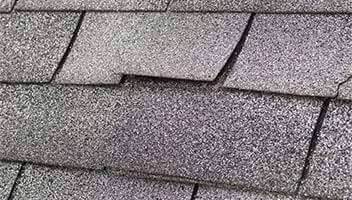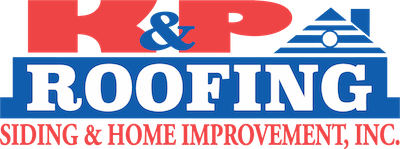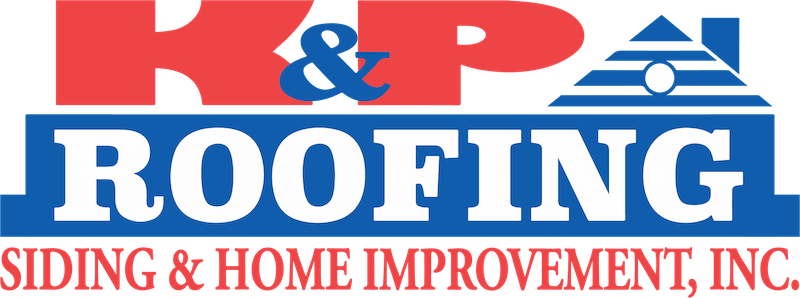The Roof of a home is arguably the most important and most expensive feature. A healthy roof can keep your home well insulated and protected it from harsh weather. A rotting, sagging, or otherwise compromised roof can lead to drastic home damages leading to thousands in repairs.
Here are the top ways to increase your home roof longevity
Clean the Gutters
Ruined paint on siding and a wet basement are typical problems caused by clogged gutters, but it might surprise you to learn that the overflow can also go upward. When leaves pile too deeply in gutters, water can wick into roof sheathing and rot it, or even rot roof rafters.
Fixing that kind of damage could run into the thousands of dollars, but you can avoid it by cleaning your gutters each fall and spring. Do it yourself in a few hours if you’re comfortable working on a ladder, or hire a pro.
Remove Leaves
If you have a simple peaked roof surrounded by low landscaping, your roof probably stays clear of leaves on its own. But if the roof is more complicated or if towering trees are nearby, piles of leaves probably collect in roof valleys or near chimneys. If you don’t remove them, they will trap moisture and gradually decompose, allowing moisture to accumulate in your roof — or worse, create fertile ground for weeds to grow.
If you have a low-slope roof and a one-story house, you may be able to pull the leaves down with a soft car-washing brush on a telescoping pole. Or you can use a specialty tool like a roof leaf rake, which costs about $20. A leaf blower gets the job done too, especially on dry leaves, but you or a pro needs to go up on the roof to use it.
If leaves are too wet or too deep, you might need to wash them off with a garden hose. Don’t use a pressure washer, which can force water up under the shingles.
Get Rid of Moss
In much of the country, composition roofs often become covered with black algae. Although unsightly, this filmy growth doesn’t hurt the roof. A little chlorine bleach or detergent mixed with water will kill it, but it’s safer for both you and the roof to just leave it alone.
If you live in the Northwest, you’re likely to find moss growing on your roof, particularly on wood or composition shingles. Moss, which looks more three-dimensional than algae, needs to go because it traps water. If you tackle it early enough, you can just sweep it off.
If there’s a lot of buildup, you may need to kill the moss first. The Washington Toxics Coalition recommends using products based on potassium salts of fatty acids rather than more toxic formulas with zinc sulfate. Even so, apply the soap only where moss is growing, and try to keep the wash water from getting into storm drains.
Once the roof is clean and free of moss, consider investing in zinc strips to keep it from coming back. For about $300, a roofer will install strips near the top of the roof. When it rains, the runoff from the strips inhibits the growth of moss. It’s effective and more environmentally friendly than treating the entire roof with pesticide, as long as you don’t live near a stream or a lake where the runoff can harm aquatic life.
Trim Overhanging Branches
Make sure the trees around your home are well maintained. Falling branches after rainstorms are one of the major causes of roof damage in the Kentucky area. Once or twice a year survey the trees around your property cutting extending limbs with a pole saw. If you are able to get the limbs early they will be much easier to remove.
Control Ice Build up.
Ice can quickly build up on a roof that is inadequately vented or insulated. Be sure to keep an eye on you roof during the winter months to ensure that snow and ice don’t over burden your roof leading to collapse. If snow has begun to accumulate, carefully brush it off with a sweep or a rake making sure to not scrape the shingles. Be sure to watch your footing, making sure the moving snow and ice don’t take you off the roof with them. To prevent future snow and Ice build up Call a pro to install
proper venting and insulation
Look and Listen
After every big wind or hail storm, or if you’ve heard scurrying on the roof at night, give your roof a quick check to make sure everything’s still intact.
Look for:
* Curling, loose, or missing shingles
* Damaged flashing around vents, chimneys, skylights, and other openings
If anything seems amiss, ask a roofer to inspect ASAP. Most problems are fairly easy to fix, but if you put them off and water gets in, the damage and costs escalate.


